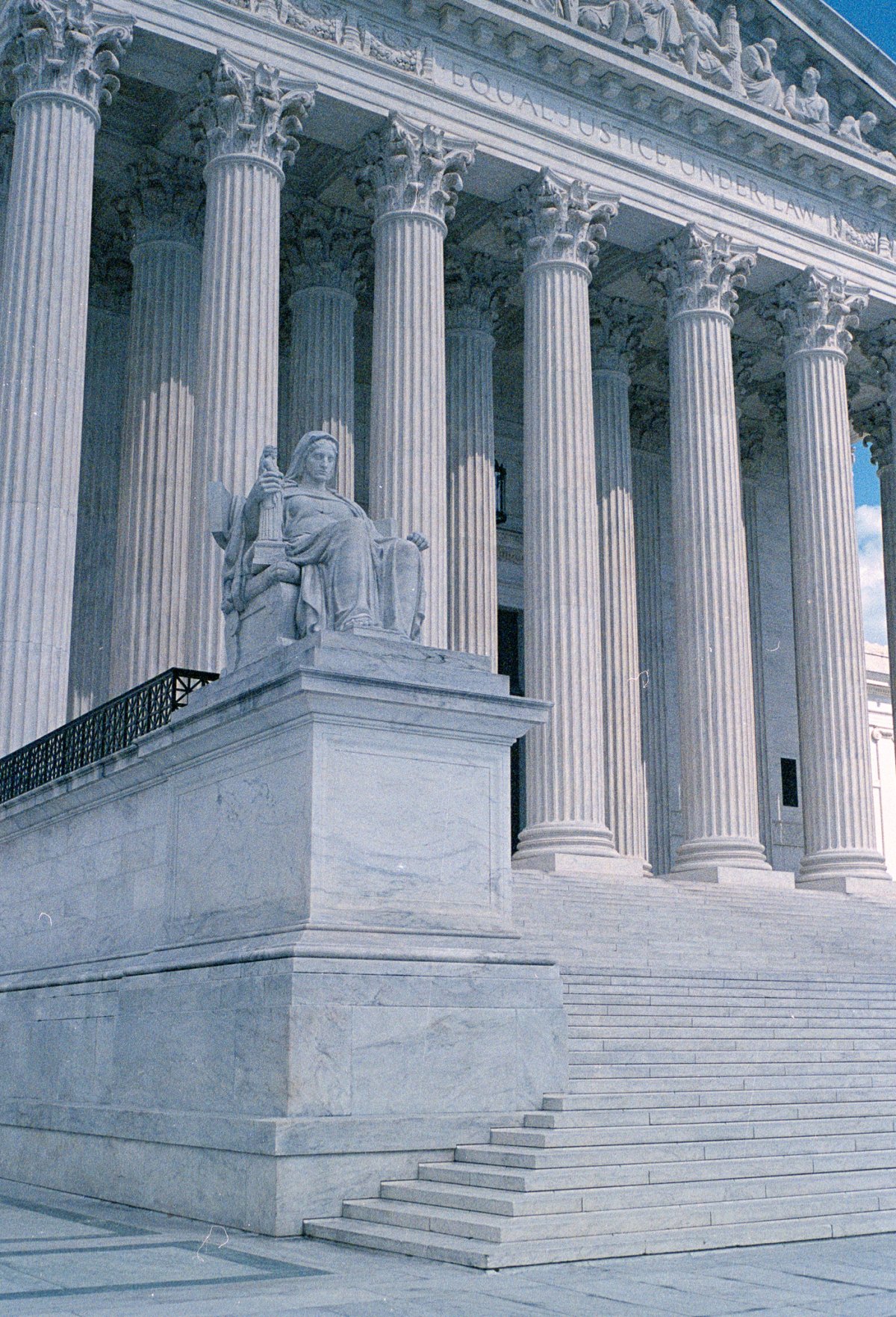Heading into a new Supreme Court term, it’s impossible to ignore the fact that the court’s “supermajority” is utterly to the right of the American public. Going beyond the ideals of conservatism, this is a court of right-wing activist justices who explicitly believe in social engineering. Look no further than former President Donald Trump, who leaves no doubt that the Dobbs decision reflects nothing more than the justices hand-picked to overturn Roe v. Wade.
Renewed calls for Supreme Court reform from the Biden administration point to term limits and a binding code of conduct in order to address recent ethics scandals surrounding justices Samuel Alito and Clarence Thomas. But in a two-party system like ours, the same reforms that stand to benefit one party now could result in a loss later. There’s no incentive for sitting presidents to enforce change. Throughout our country’s history, we seem to have found it easier to just wait until a justice dies or resigns.
So, how do we enforce accountability in higher offices such as the Supreme Court—or the presidency for that matter? How can we fix the court and yet maintain its independence from the other branches of government in order to protect the Constitution?

The Supreme Court’s front porch in 2023.
Jason Fields
The answers usually present more problems than solutions. In my opinion, we are left with only one meaningful solution: modifying impeachment… just a little.
Packing the Court
Abraham Lincoln was the best court-packer in American history (not counting George Washington who appointed the first five Justices). Lincoln and the Reconstruction Republican Senate put four associate Justices on the court, and, in 1863, Lincoln got Congress to approve a tenth Supreme Court justice, Stephen Johnson Field, to create an anti-slavery majority and overturn the 1857 Dred Scott decision. But after Lincoln’s murder, Reconstruction Republicans cut the number down to seven justices to deny President Andrew Johnson any appointments. Then after Ulysses S. Grant became president, the 1869 Judiciary Act set the number back to nine, which immediately gave Grant two appointments, William Strong and Joseph Bradley.
Court packing is no longer a popular concept, and it hasn’t been since before the 20th century. Franklin D. Roosevelt tried to change the number of justices with the 1937 Judicial Procedures Reform Bill, which would have led to the appointment of a new Justice for every Justice over 70 and 6 months, up to six. This would have meant a court of 15 justices. The bill died.
Neither Congress nor the president can fire a Justice. But Congress can eliminate a seat so that the President cannot fill it or add new seats. Ultimately, what one party can do with court packing, another can also undo or pack even more.
Term Limits
In Article III, Section 1 of the Constitution, it’s stated that Supreme Court justices and all other federal judges “shall hold their Offices during good Behavior.” That’s it. The framers of the Constitution set no term or age limit. In Federalist 78, Alexander Hamilton specifically argued that “the permanent tenure of judicial offices” is a good thing. This means that only death, resignation, and impeachment by the House of Representatives with conviction in the Senate can remove a federal judge.
No one has ever tried to set term limits for justices and doing it by Constitutional amendment is hard. Right now, especially, Republicans will fight against term limits because the party worked for decades to appoint this Court.
Impeachment
As it currently stands, impeachment almost never happens, in part because federal judges that have reason for impeachment usually resign before it gets that far. Historically, only 15 federal judges have been impeached, including only one Supreme Court Justice, Samuel Chase in 1804, for political statements he had made sitting as a trial judge. The Senate acquitted him by one vote, so Chase stayed on the bench until he died in 1811.
In 1969, Supreme Court Justice Abe Fortas resigned under threat of impeachment because he accepted a “retainer for life” from a client while on the Court. Even though he never took a dime, he resigned because of the bad appearance to protect the Court—a motivation that clearly does not burden Thomas or Alito.
Modifying Impeachment
What if we modify the impeachment process? Impeachment is when a judge or president commits a “high crime or misdemeanor.” When former President Gerald Ford was House minority leader, he commented, an impeachable offense is, “Whatever a majority of the House of Representatives considers it to be at a given moment in history.”
We could apply the Supreme Court’s own ethics code and use it to statutorily pre-define a high crime or misdemeanor. Thus, if a justice accepts a “gift” that no other judge could, the case is queued up for articles of impeachment.
Would it work? Maybe.
Without a solution, we are left to do what we have always done: wait until a justice dies or resigns and have the president and the Senate appoint a new one—for better or for worse.
Robert J. McWhirter is a Certified Specialist in Criminal Law with the State Bar of Arizona and a constitutional historian. He has lectured extensively nationally and internationally on trial advocacy and practice. He has also written several books on the Constitution including his latest, Fixing the Framers’ Failure: The 13th, 14th, and 15th Amendments and America’s New Birth of Freedom (Twelve Tables Press, 2022) and Bills, Quills, and Stills: An Annotated, Illustrated, and Illuminated History of the Bill of Rights (ABA Press 2015).
The views expressed in this article are the writer’s own.




